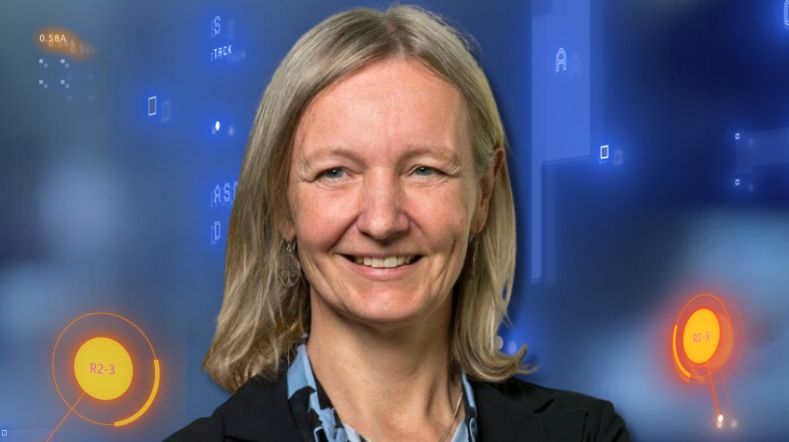SSI and Guardianship - A New Credential Type
We all know that carrying out business transactions online can be a real pain, especially to those who receive help in an offline world. In this blog we will share the benefits that emerging SSI technologies offer for performing online business transactions in a guardianship contexts. To make this possible, we introduce the idea of a novel kind of credential type, in which the actual guardianship is the subject. This blog is the first of three blogs about SSI and Guardianship. In the following blogs, we will talk about the practical usefulness of this guardianship credential, and a proposal for next steps we think are needed.
In a very general sense, a guardianship is an arrangement between a person that is somehow unable or not allowed to take care of themselves properly or responsibly, also called the dependent, and others, namely the guardian(s), that are tasked to help. An example is parent-child relation. The child would be the dependent, while the parent acts as a guardian. A guardianship can have a legal basis, that is: be assigned legal rights and duties (powers), but this is not always required. Under this general understanding of guardianship, people that take care of the affairs of a person that has just died also qualify as guardians, as it is obvious that the deceased person is incapacitated.
Self-Sovereign Identity or SSI is a term that has many different interpretations. In this blog, we use it to refer to the collection of emerging ideas, architectures, processes, and technologies that aim to support individuals and organizations as they negotiate and execute electronic transactions with one another. A bit more bluntly: SSI technologies enable individuals to electronically request official data about themselves e.g., from the government, banks, etc., and use that for electronic transactions, such as buying things in web shops, applying for parking permits, etc. Typically, participating in electronic transactions entails individuals having to request so-called credentials from the government or enterprises that contain 'attributes', these are statements about the requestor that the government/enterprise considers to be true, such as their name, date of birth, etc.
A person can use their credentials to share qualified data with another party, for example to electronically fill in application forms. This has many benefits. Not only does filling in forms become much easier and quicker, but it also saves organizations a lot of work as they no longer need to check the content that is provided. All in all, it makes digital transactions much more efficient and saves lots of money.
Considering credentials in a guardianship context raises some issues, because now more than one person is involved. For example: would the credentials' subject be a guardian, or the dependent? And what would such a guardianship credential look like, what kinds of attributes should go in there?
In a recently released whitepaper describes how its authors 'journeyed' to flesh out such questions. They propose a novel kind of credential type, in which a person is not the subject of a credential, but the actual guardianship is the subject. The guardianship credential specifies roles (such as 'child', 'dependent', or 'judge', 'parent', 'guardian', etc.), rights and duties (assigned to roles), and 'stakeholders', that are individuals or organizations that fulfill one or more of these roles in the guardianship. This seems to be a very elegant and generic way to deal with guardianship credentials. However, since it is quite a deviation in structure from what most of us are used to, since the subject is not an individual anymore. Therefore, we first need to try it out in practice. That is the topic of our next blog.
Sterre den Breeijen, Rieks Joosten, Peter Langenkamp (TNO)
Leon Roseleur (KNB)
Read more blogs about SSI and guardianship
This blog is the first in a series of three blogs about SSI and guardianship. Read more:
Read more about SSI technology
Read our latest in-depth articles about SSI technology.
Get inspired
Rules as Code


Digitalisation and sustainability: how AI can help


Time setter story: Kallol Das


Digital Product Passport


Time setter story: Annemieke Kips


